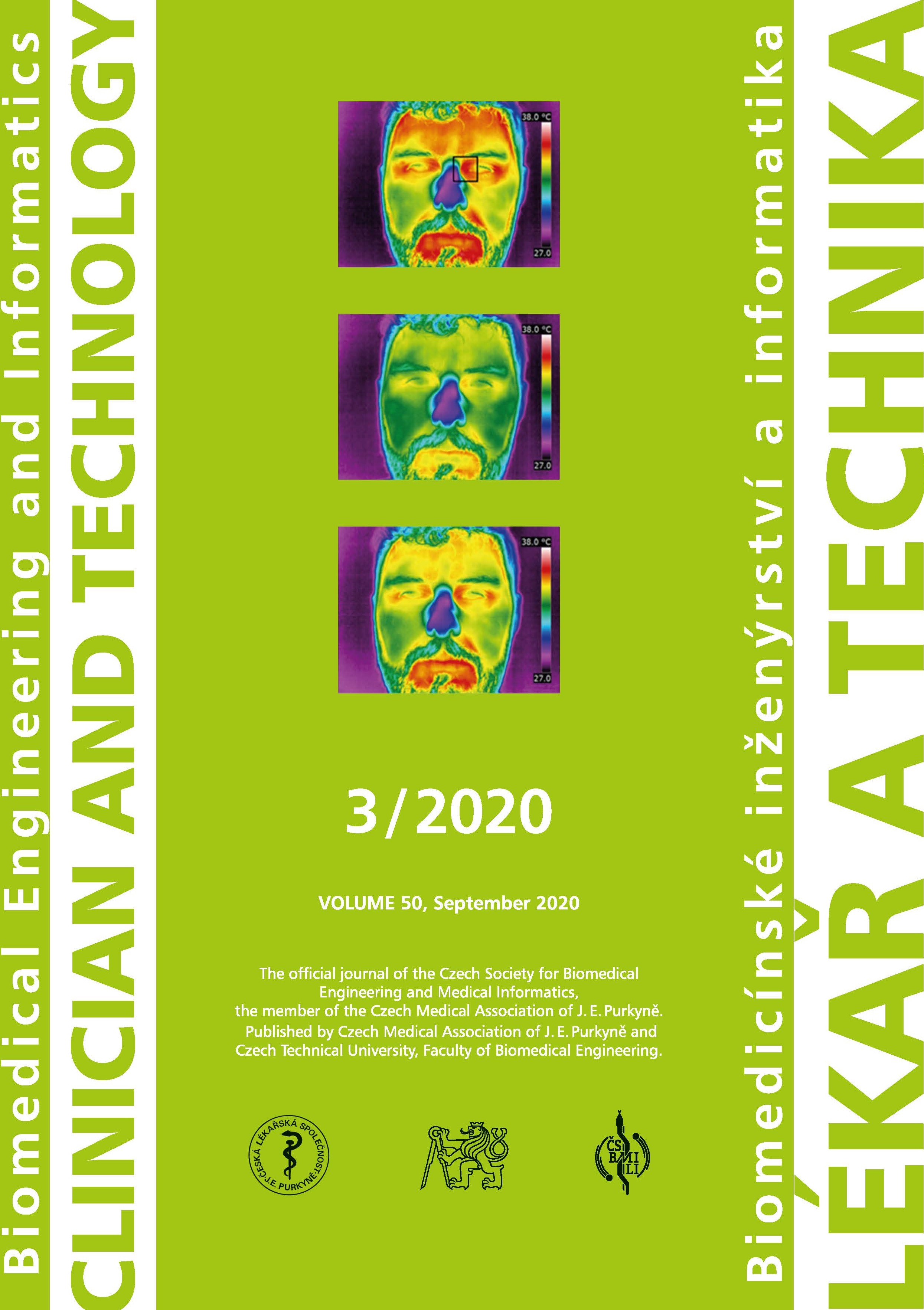OPTIMIZED CONVECTIVE VOLUME IN ONLINE HEMODIAFILTRATION
DOI:
https://doi.org/10.14311/CTJ.2020.3.01Abstract
Hemodiafiltration (HDF) adds convective elimination of middle molecules (MM), proportional to filtered volume (Vconv) on the top of diffusion-based elimination of small molecules (SM) by conventional hemodialysis (HD). Studies, both observational and randomized controlled ones, performed so far generally indicated positive impact of higher Vconv on all-cause mortality in HDF patients, although the magnitude of Vconv at which HDF becomes apparently superior to HD differed widely among the studies. Also the issue of a suitable anthropometric parameter by which the Vconv should be normalized has not yet been solved. Data from the ESHOL study seems to indicate that patient´s body surface area (BSA) could well be used for this—mortality was decreasing with increasing Vconv/BSA with a bottom plateau starting at about 15 L/m2. We have therefore devised a formula and a graph for determination of Vconv which fulfils the requirement Vconv/BSA= 15. Assuming maximum feasible and safe filtration fraction QF/QB= 0.3, the Vconv actually defines the necessary blood flow (QB) to reach Vconv/BSA= 15 as QB=15·BSA/(0.3·t) (t – session time). It is also possible to check what QB is needed in terms of sufficient diffusion-based transport (target Kt/V) and compare both QB values to see if adequate combined elimination of both SM and MM can be achieved at the same time and under what conditions, respectively.
Downloads
Additional Files
Published
Issue
Section
License
Copyright (c) 2020 František Lopot, Vratislav Fabián

This work is licensed under a Creative Commons Attribution 4.0 International License.
Authors who publish with this journal agree to the following terms:
- Authors retain copyright and grant the journal right of the first publication with the work simultaneously licensed under a Creative Commons Attribution License (https://creativecommons.org/licenses/by/4.0/) that allows others to share the work with an acknowledgment of the work's authorship and initial publication in CTJ.
- Authors are able to enter into separate, additional contractual arrangements for the non-exclusive distribution of the journal’s published version of the work (e.g., post it to an institutional repository or publish it in a book), with an acknowledgment of its initial publication in this journal.
- Authors are permitted and encouraged to post their work online (e.g., in institutional repositories or on their website or ResearchGate) prior to and during the submission process, as it can lead to productive exchanges.
CTJ requires that all of the content of the manuscript has been created by its respective authors or that permission to use a copyrighted material has been obtained by the authors before submitting the manuscript to CTJ. CTJ requires that authors have not used any copyrighted material illegally, as for example a picture from another journal or book, a photo, etc. It is the author’s responsibility to use only materials not violating the copyright law. When in doubt, CTJ may ask the authors to supply the pertinent permission or agreement about the use of a copyrighted material.
The opinions expressed in CTJ articles are those of authors and do not necessarily reflect the views of the publishers or the Czech Society for Biomedical Engineering and Medical Informatics.


